Вы здесь
Forester's house in Karkaraly Park.
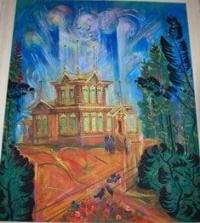
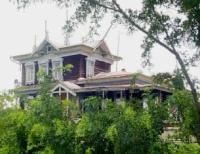
Sights of Karkaraly park.
"Oh, my dear land! Your akyn dreams of you.
When I don't see your native valleys,
I droop, as if I were growing decrepit.
I am your singer! I am your protector. I am your son…"
Kasym Amanzholov.
Tour to Karkaraly mountains.
Forester's house is located at an altitude of 907 meters above sea level, 60 meters from northwestern shore of Lake Komisarov (Zerkalnoye), in valley of same name, within Karkaraly Nature Park, in northeastern part of Karkaraly Mountains, in district of same name, in eastern Karaganda Region.
The house of the forester built in 1910 - 1913. The forester’s house is located on the shores of Lake Komissar in the vicinity of the village of the same name in the Karkaraly district of the Karaganda region. The wooden house was built and decorated with wood carvings by craftsman I.Ya. Smetankin.
The first owner of this beautiful structure, interesting in its architectural composition, was the forester L.S. Sadovnichy (1885 - 1955). According to one version, this house is listed as the house of Tomsk lumberjacks, who were in these places for logging, supposedly they built this house.
The construction of this house was a payment for logging. The forester L.S. who settled in this tract Sadovnichy was actively engaged in the acclimatization of Siberian tree species. In a small nursery even cedars were grown. From those plantings of the period 1914 - 1916, two Siberian spruce and larch were preserved.
The height of the fir trees is 52 meters, the diameter is 40 centimeters, bear fruit. At a distance of 25 meters from the trees, about 30 Christmas trees are scattered. Siberian larch also bears fruit, but its seeds are not alike. These trees are declared natural monuments today.
In different years, the forester Y.P. lived here. Bernadsky and foresters Ayat Zhanibekov and Sadyrbek Suleimenov. In 1915, there were 18 yards in the Komissarovsky village, 155 people lived: 82 men, 73 women. The fertile land was extremely small, only 9 yards were engaged in plowing.
People cultivated 41 tithes of land, 29 were taken under oats, 10 under wheat and 2 tithes of a plowed wedge under barley. Mowings occupied 455 acres. Peasants kept 267 head of cattle: 148 sheep, 73 cattle (4 of them oxen), 46 horses (of which 42 workers).
After the February Revolution of 1917, Andrei Ivanovich Yurchenko was delegated to the Karkaraly district council of workers and peasants' deputies, who later became a solid activist of the Soviet regime. In 1922, the post of chairman of the Commissar Village Council was performed by the energetic and active Akhmet Galiev.
According to the data of 1926, there were already 35 families, of which 22 were Kazakh, 5 Russian and Uzbek each, 2 Tatar and one Belarusian family. The population has reached 164 people. In the future, almost all residents moved to Karkaraly.
At one time, the Commissar Village Council included the village of Bidaik. According to the same census of 1926 there are 18 households and 80 inhabitants. On July 12, 1940, in the forester’s house, the regional health department opened the first sanatorium with 35 beds in the Karaganda region.
Since then, the Kim Asar valley, behind which the name Komissarovskoye has become firmly established, has forever been associated with the rest of the Karaganda people. True, a throughput system has been operating here for several years.
A military unit located secretly associated with the Semipalatinsk nuclear test site is located in the forester’s house. Kabansu River - Kabaniy Klyuch (Karashilik) is blocked by a dam. Rest houses were built for students of the Karaganda Medical Institute, Temirtau metallurgists.
There is a children's camp "Romantic". The fate of the building itself is also being decided, it is declared a monument, a memorial plaque is installed: “The house is of historical value. It is protected by the state.” The forces of Karmetkombinat carried out the restoration of an ancient building.
Then the forester’s house was once on the balance of the Karkaraly National Park. Now his cares are taken by the Karaganda regional department of culture.
Geographic coordinates of Forester's House are: N49°18'05 E75°30'24
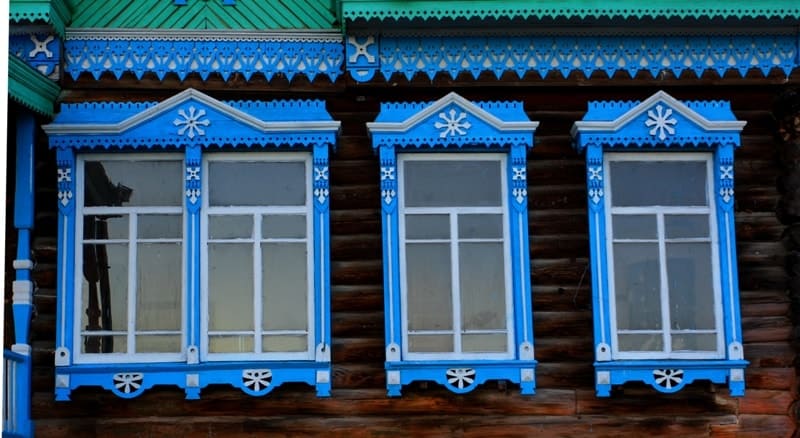
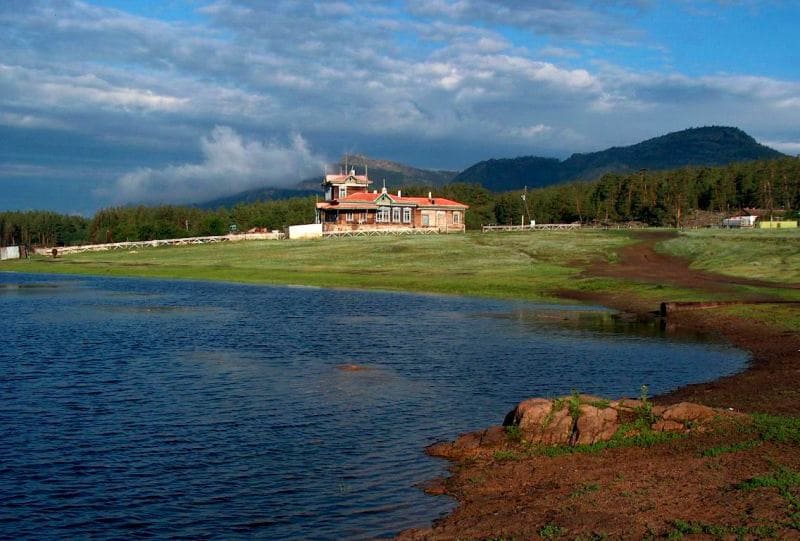
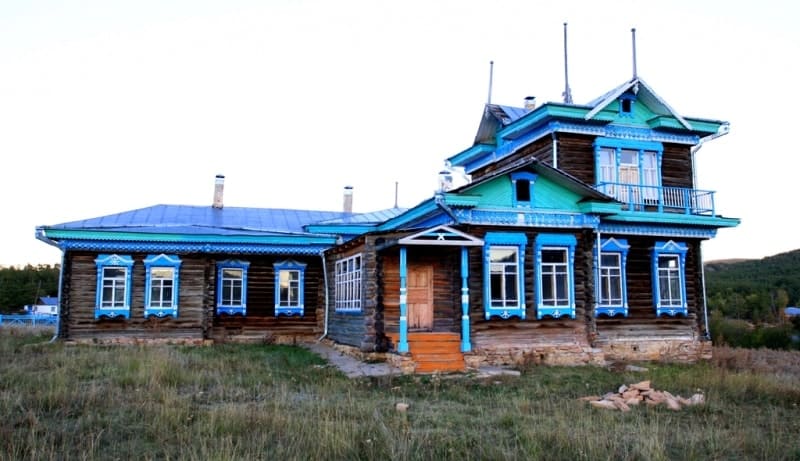
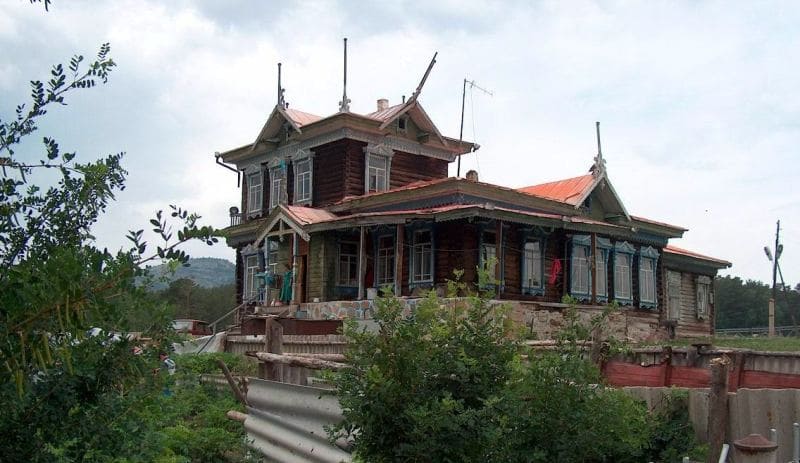
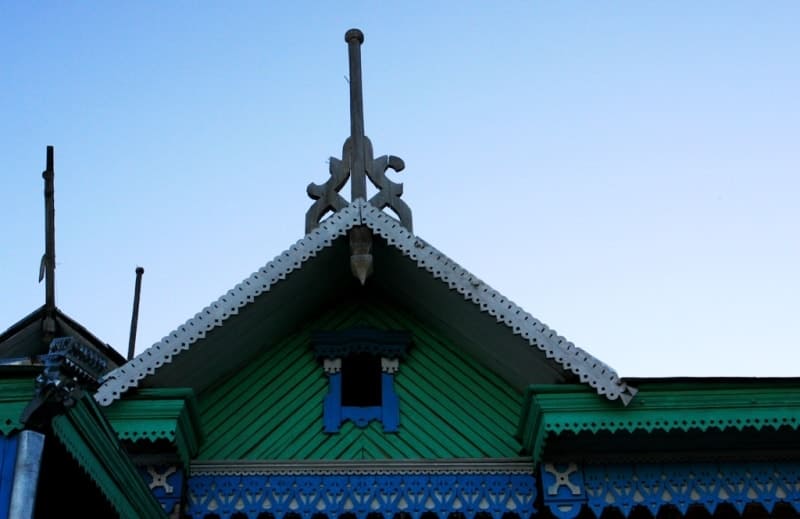
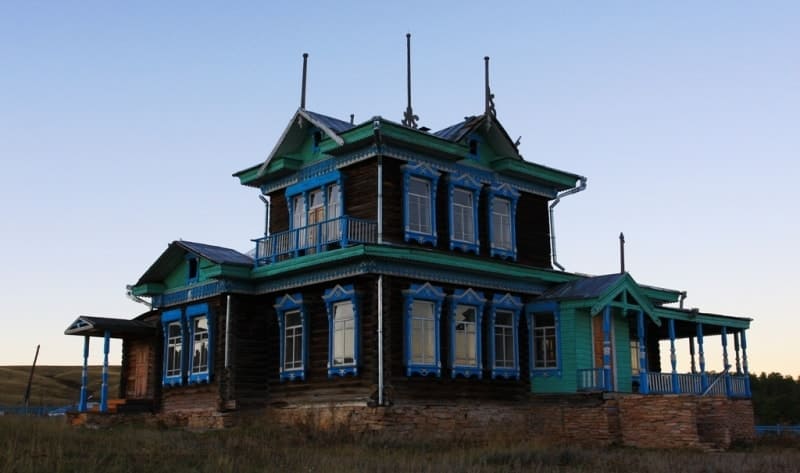

Authority:
Advertising booklet of Karkaraly National Park, 2003. https://kzmap.ru/point/karkaralinsk/photo/115 "Karkaraly breadbreads". Yuri Popov, local historian http://inkaraganda.kz/articles/149077
Photos by:
Alexander Petrov.







